The International SeaKeepers Society regularly engages yacht owners, guests, and crew in its ocean-conservation efforts. Last year, for example, volunteers helped collect sargassum samples. The non-profit has relationships with marine researchers and scientists all over the world who want and need public participation. This summer, a handful of groundbreaking research projects are getting underway. Here are just four scientist-led SeaKeepers program opportunities in the Northeastern United States where you can make a difference.

Collaborating With Top Predators to Explore the Deep Ocean
According to researchers, evidence suggests a few different theories as to why predators occupy the deep ocean. Testing the theories, however, requires forward-thinking methods to take measurements in this mysterious environment. Therefore, the Woods Hole Oceanographic Institution (WHO) is proposing using tagged top predators like sharks, tuna (above), and swordfish as its “oceanographers.” WHO asserts that getting 3D movement data on these giant predators and the first video footage of their predator-prey interactions will greatly enhance deep-ocean understanding.
The expedition takes place in August in the Northeast canyons, 80 miles south of Martha’s Vineyard.
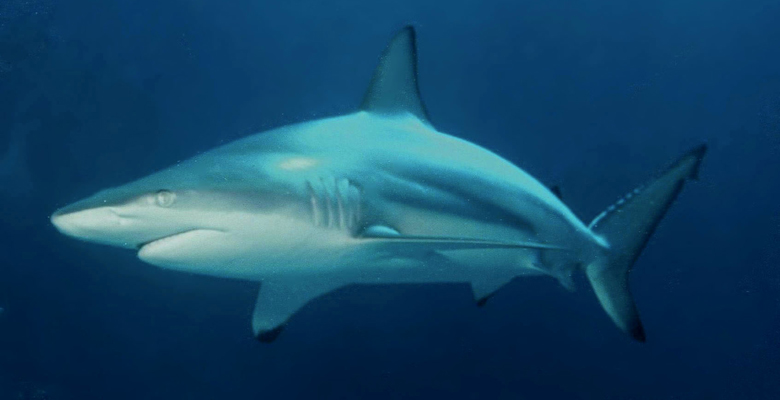
Migration Dynamics & Foraging Ecology of Sharks
Stony Brook University researchers are studying threatened migratory sharks that are simultaneously poorly understood. For instance, blue sharks, shortfin makos, blacktip sharks (above), sandbar sharks, and common thresher sharks are among them. The researchers are planning to use a variety of tracking technologies and biochemical tests to uncover fine-scale migration patterns. Additionally, the goal is to identify common foraging hotspots, learn about contaminants, and provide thorough health assessments.
The expedition starts in July, ending in September. (Your commitment can be anywhere from one week to 21 days.) The locations are off Long Island, along the New York Bight region from New York to New Jersey.

Specialized Shark Tags to Collect Oceanographic Data
Further shark-focused SeaKeepers program opportunities are available. With this particular one, University of Delaware researchers are working throughout the summer and fall. They’ll be plying the New York Bight, too, but also Delaware. Specifically, their goal is to deploy tracking tags on blue sharks and shortfin mako sharks (above) that swim in the thermal range of the bight. These sharks happen to exhibit diving behavior ideal for collecting consistent data on ocean temperatures and salinity. These data points in turn are crucial for storm forecasting Notably, the bight here is one of the world’s most thermally stratified coastal oceans.
Other scientists are collaborating with the university team. This is a chance to assist them all over a period of just seven to 10 days.
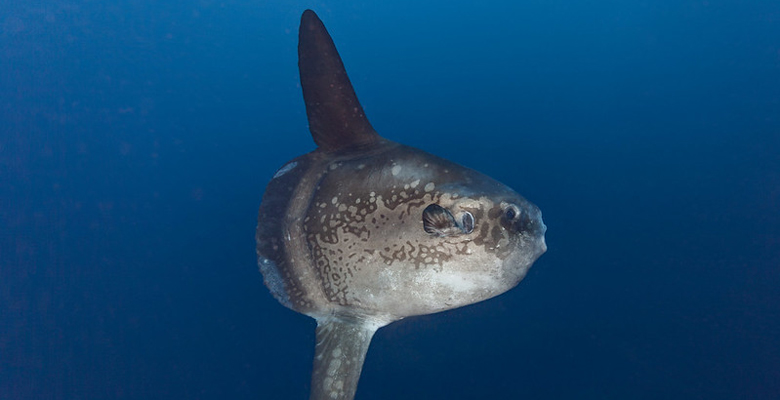
Ecology of Ocean Sunfish in the Northwest Atlantic
Mola mola, a.k.a. ocean sunfish, are the biggest species of bony fish in the world. Despite being common in tropical and temperate waters, they are still a mystery, especially in the northwest Atlantic Ocean. So, a few research organizations are getting help via this SeaKeepers program. They all collaborated successfully in 2022 and 2023, which is why yet another expedition is on the calendar. Overall, they’re striving to collect baseline data on ocean sunfish. The late summer and fall happen to be when sunfish appear in New England’s ocean waters. This project involves looking for sunfish in the water, then slowly approaching the fish. Next comes capture attempts, which importantly are non-lethal. In fact, the researchers have capped the fish’s fighting time and their own time to collect data to 15 minutes each.
The expedition takes place September 7 to 21 off Cape Cod, with you helping seven to nine days.
These and further SeaKeepers program opportunities are in detail on the nonprofit’s website.
International SeaKeepers Society seakeepers.org

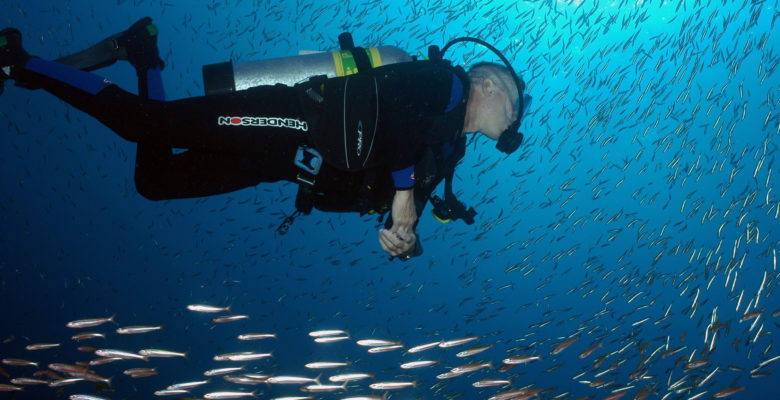

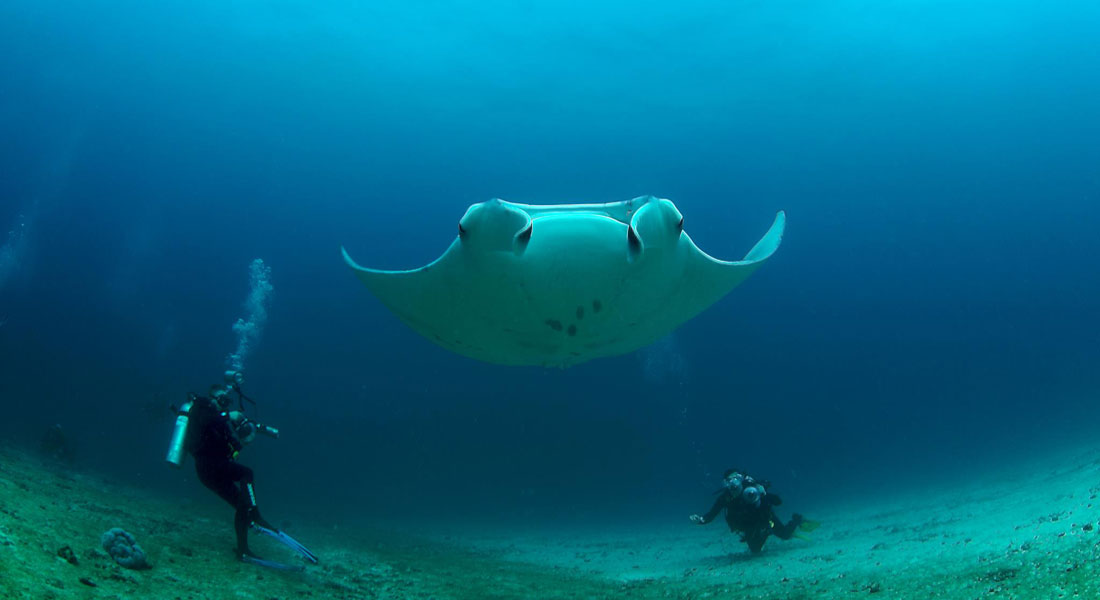

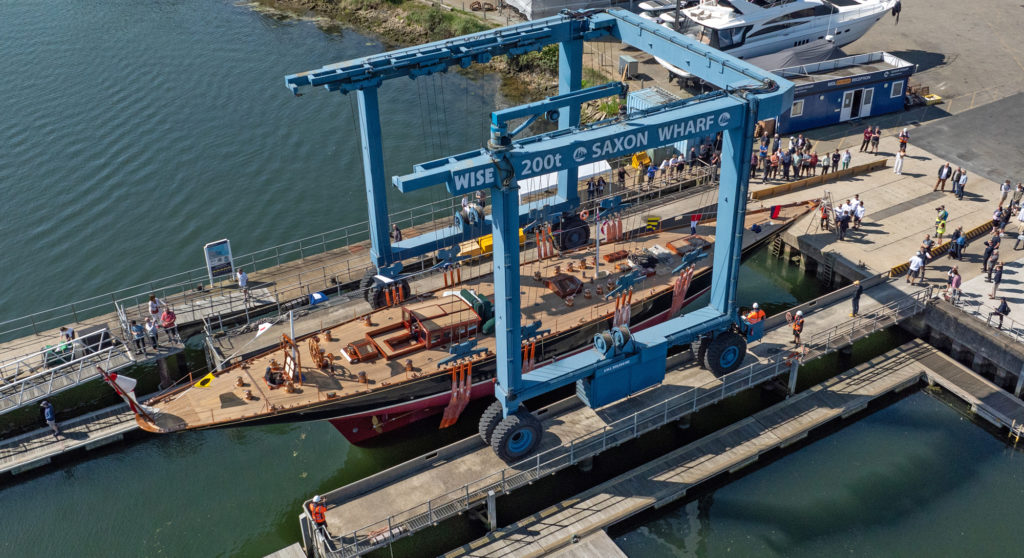

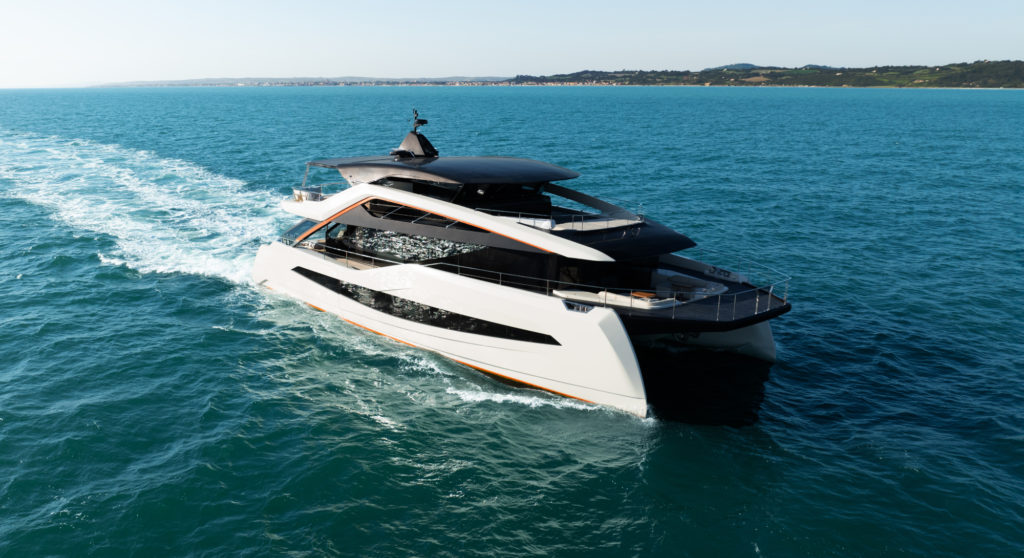


Leave a Reply